Modelling the Cambrian lines
The GWR period
The Cambrian lines of the GWR are a popular choice among modellers, and there have been some excellent layouts depicting the post-grouping GWR days or the BR(W) period.
Modellers wishing to portray this post-1923 era can (given the right choice of location) draw on the various kits and RTR models available for the standard GWR stock that operated the line during these periods.
To find out what stock is appropriate for these periods, you could have a look at the fairly good range of books that are available about the Cambrian (see below).
The pre-grouping period
If you are interested in modelling the Cambrian Railways in their independent, pre-grouping period (or if you want to use some ex-Cambrian stock on a GWR layout) you'll need to rely on the rather limited range of kits and/or scratchbuilding.
Nevertheless, if you persevere the Cambrian in its independent years offers many rewards, including some rather good-looking liveries and stock as the following pages will show. |
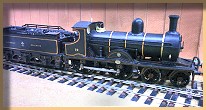
Cambrian Railways No. 19 built to 7mm scale, as running on the Barrowmore MRG's excellent Johnstown Road layout
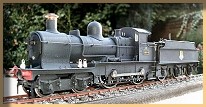
The Dukedogs have become almost iconic representatives of the Cambrian in GWR days. Here is a 7mm example, built by Ted Kanas from a Gladiator kit. |
Books on the Cambrian
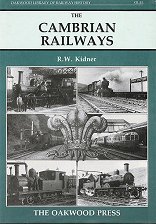
- R. Kidner "Cambrian Railways", Oakwood Press 1992 (2nd edition)
- C. Green "Coast Lines of the Cambrian Railways", Wild Swan 1993/2002 (two volumes)
- W. Rear & M. Williams "Cambrian Coast", Foxline 1998
- R. Christiansen & R. Miller "The Cambrian Railways", David and Charles, 1967/1971 (multiple vols)
- C. Green "Cambrian Railways 1859 to 1947", Ian Allan 1997
- M Lloyd "The Tanat Valley Light Railway", Wild Swan 1990
Some Cambrian links
Some Cambrian models
7mm Naysmith Wilson 0-4-4T from a Redcraft kit
Photo courtesy Redcraft Models |
 |
7mm 6-wheeler in GWR livery, from a Redcraft kit
Photo courtesy Redcraft Models |
 |
4mm 3-plank open, built from a 51L kit
Photo courtesy 51L/Wizard Models |
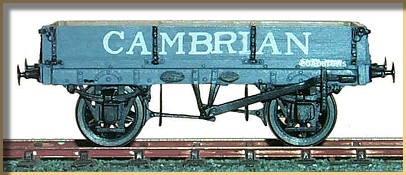 |
| 2-4-0 No. 1197, built from a 4mm Gem kit. This kit was also available from Mainly Trains, who supplied their own chassis to fit the Gem body-only kit. Note that the kit depicts the post-1923 Swindonised version. A total of three locos of this type were built for the Cambrian by Sharp Stewart. Their operating area included the charismatic Tanat Valley line. It is seen here in BR black, although the last two of the locos (Nos 1196 and 1997) only lasted until 1948. An etched brass kit for 7mm scale of the same prototype is available from Agenoria Models. |
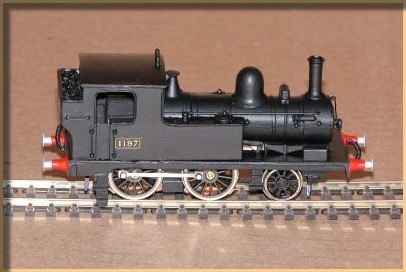 |
| Ex-Lambourn Valley Railway 0-6-0T No. 24, built from an etched brass 7mm kit from Agenoria Models. No. 24 also belonged to the family of unusual tank locos which ran on the Tanat Valley line of the Cambrian Railways before and/or after Grouping, with No. 24 entering Cambrian stock at Oswestry in 1904. |
 |
| Last in this trio of Tanat Valley locos is 2-4-0T No. 1308 'Lady Margaret', built from a Mercian Models 7mm kit (also available in 4mm). This loco arrived on the Tanat Valley line in 1923 from the Liskeard and Looe Railway, just after the GWR took over. Agenoria Models also have a 7mm kit for this loco. |
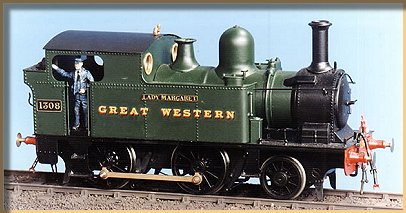 |
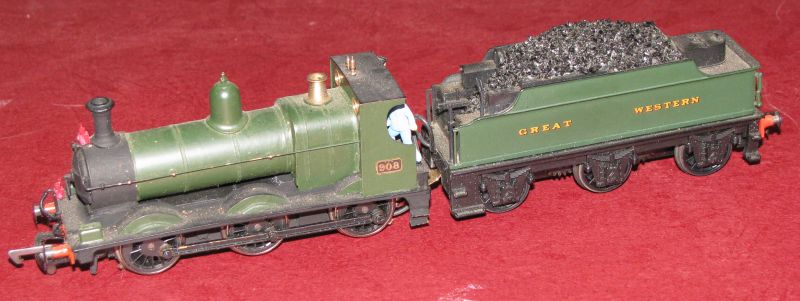
From Robert Evans, here's a rather unusual combination of components used to build GWR 908, ex-Cambrian Railway. This used the chassis block and footplate from a Lima H0 4F, Hornby J94 wheels, scratchbuilt loco superstructure and a Mainline Dean Goods powered tender.
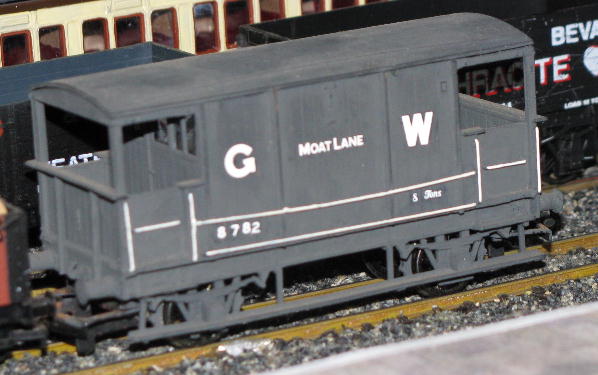
Robert Evans adapted this Toad from a Parkside Dundas MR brake van kit (PC58) and was a relatively simple conversion, and is based on the illustration on page 31 of C.C.Green's "Cambrian Railways Album 2".
|